5 Considerations When Buying a Rugged Computer
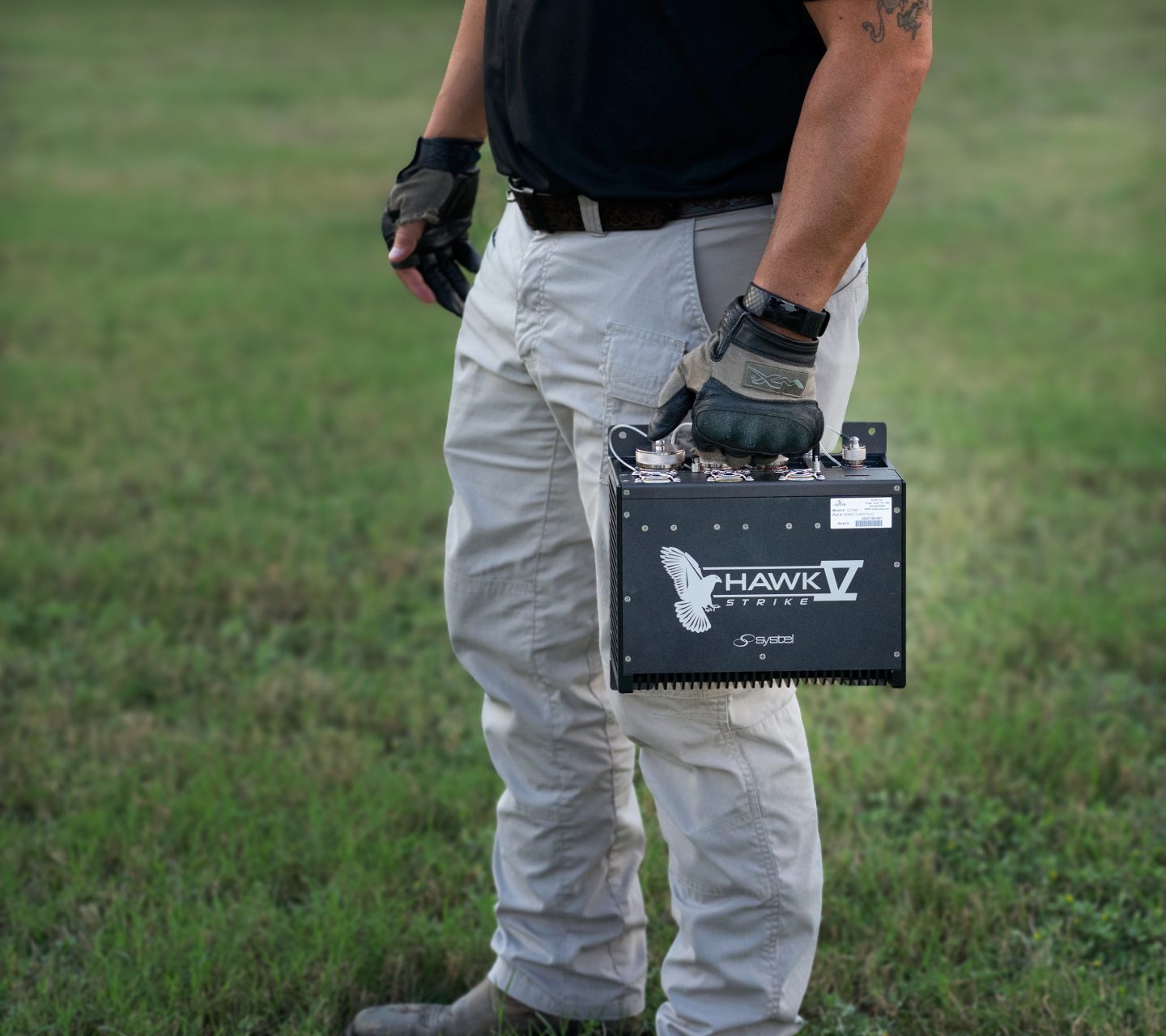
5 Considerations When Buying a Rugged Computer
When it comes to working in demanding environments, professionals in defense and commercial industries require robust and reliable computing solutions. Enter rugged computers, purpose-built to withstand extreme conditions and deliver uninterrupted performance.
Whether you find yourself navigating challenging terrains or working in demanding environments, we’ve curated a list of five key considerations that will guide you towards making an informed decision.
1. Durability
3. Performance
Let’s dive in!
1. Durability: MIL-SPEC vs Commercial Rugged and Ruggedization Levels
The primary reason for investing in a rugged computer is its durability but it’s crucial to determine the level of ruggedization needed and whether your program requirements necessitate a MIL-SPEC or a commercial-grade rugged device.
MIL-SPEC computers adhere to stringent military standards and undergo rigorous testing to ensure reliable operation in extreme conditions. They are typically employed in demanding military operations. Common military rugged standards include MIL-STD-810H, MIL-STD-461G, MIL-STD-1275E, and MIL-STD-704F.
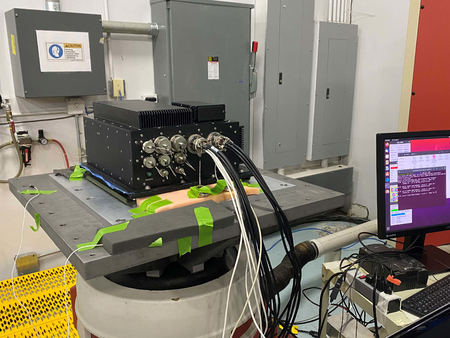
A Raven-Strike II unit being set up on our in-house shock and vibration table to undergo MIL-Composite Two-Wheeled Trailer operational vibration test: MIL-STD-810H, Method 514.8, Procedure I, Category 4
On the other hand, commercial rugged devices are designed to meet the needs of industries like construction, field services, manufacturing, and emergency services. These devices offer an increased level of durability compared to consumer devices but don’t necessarily meet the full military standards, instead meeting industrial standards such as IEC 60068 and IEC 60529.
| Criteria | Military Standards | Industrial Standards |
|---|---|---|
| Temperature Resistance | MIL-STD-810H (Method 501.7, 502.7) | IEC 60068-2-1, IEC 60068-2-2 |
| Shock Resistance | MIL-STD-810H (Method 516.8) | IEC 60068-2-27 |
| Vibration Resistance | MIL-STD-810H (Method 514.8) | IEC 60068-2-6, IEC 60068-2-64 |
| Dust Resistance | MIL-STD-810H (Method 510.7) | IEC 60529 (IP5x, IP6x) |
| Water Resistance | MIL-STD-810H (Method 506.7, 512.7) | IEC 60529 (IPx5, IPx6, IPx7, IPx8) |
| Humidity Resistance | MIL-STD-810H (Method 507.7) | IEC 60068-2-30, IEC 60068-2-78 |
| EMI/EMC | MIL-STD-461G | IEC 61000-4-3, IEC 61000-4-4, EN 55032 |
| Radio Frequency Devices | FCC Part 15 | |
| Drop Resistance | MIL-STD-810H (Method 516.8) | ISTA 2A, IEC 60068-2-31, IEC 60068-2-32 |
| Salt Fog Resistance | MIL-STD-810H (Method 509.7) | IEC 60068-2-11, IEC 60068-2-52 |
| Altitude Resistance | MIL-STD-810H (Method 500.7) | IEC 60068-2-13 |
| Power Requirements | MIL-STD-1275E, MIL-STD-704F | IEC 61000-4-5, IEC 61000-4-11 |
Table of common MIL-SPEC and commercial ruggedization standards
We work closely with customers to understand their specific set of requirements and concept of operations (CONOPS) to engineer the level of ruggedization required for successful operations in their operating environments. Our in-house test capabilities and key partnerships with national certification test agencies allow us to conduct rigorous qualification testing in partnership with our customers.
Assessing the specific demands of your project and moving forward with the appropriate level of ruggedization helps ensure mission reliability and ultimately, mission success. However, it’s important to balance durability with cost-related factors, which brings us to consideration #2 – total cost of ownership.
2. Total Cost of Ownership (TCO)
When evaluating the cost of a rugged computer, it’s essential to look beyond the initial purchase price and consider the TCO over the product’s lifespan. Rugged computers are typically priced higher than their consumer-grade counterparts due to their specialized features and robust build. However, they offer significantly higher long-term value and overall cost savings by minimizing downtime, repair costs, and the need for frequent replacements.
It’s important to note that the cost of a rugged computer generally increases as you move up the ruggedization scale. This is because higher levels of ruggedness require more advanced engineering, specialized materials, and rigorous testing to meet stringent standards.
It’s essential to assess your specific needs and find the right balance between ruggedness requirements and budget constraints. Not all industries or applications demand the highest level of ruggedization, and investing in a device beyond your requirements may unnecessarily inflate costs. Carefully evaluate the environmental hazards your computer will face and opt for a ruggedization level that provides adequate protection while aligning with your budget.
The unit cost of the rugged computer is only the tip of the iceberg. The other 90% of the TCO iceberg includes program management, configuration control, obscolescence management, warranty, support services, end-to-end supply chain of custody, TAA compliance and made in the USA. We strongly believe in a partnership model, supporting our customers throughout the lifetime of their programs with a best value total cost of ownership approach.
3. Performance
While durability is crucial, the computer’s performance should not be compromised. Performance is a crucial consideration when buying a rugged computer, as it directly impacts productivity, efficiency, and the ability to handle demanding tasks in challenging environments. Here are some key factors to evaluate when assessing the performance of a rugged computer:
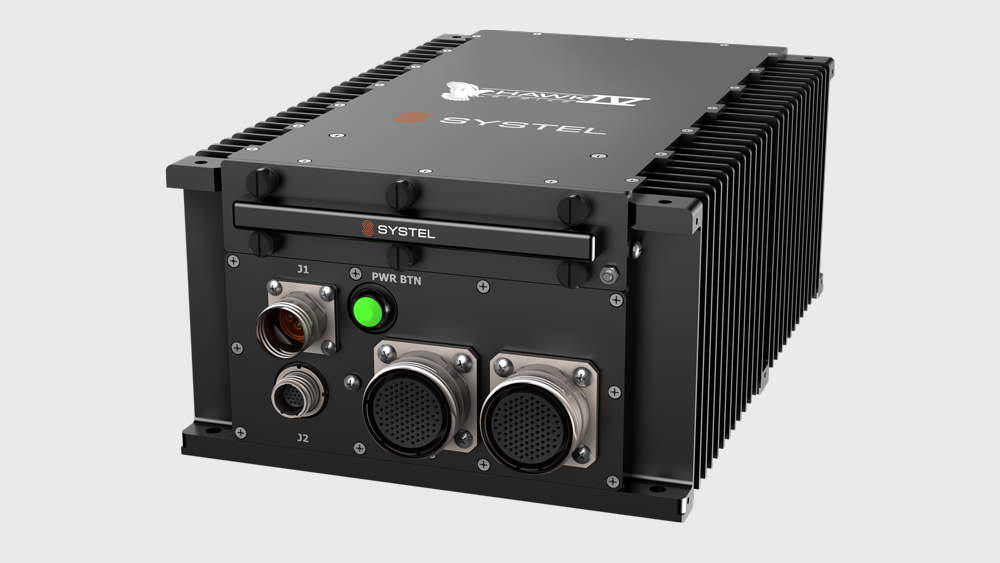
Hawk-Strike IV MIL-SPEC rugged embedded computer with latest gen Intel Xeon mobile CPU and NVIDIA embedded GPU
Processing Power: Evaluate the CPU and GPU’s clock speed, number of cores, and architecture to ensure they meet your specific requirements. Real-time data-intensive workloads connecting through high-speed interfaces and computer buses (such as PCIe gen 4 or 5) will require powerful processing elements.
Memory and Storage: Sufficient memory (RAM) and storage are essential for seamless operation. Evaluate the amount of RAM offered by the rugged computer to ensure it can handle the simultaneous execution of multiple applications and tasks efficiently. Additionally, consider the storage capacity (e.g., solid-state drives) and speed (e.g., PCIe based NVME drives) to accommodate your data storage needs and provide fast access to critical information.
Connectivity and Expansion: Evaluate the rugged computer’s connectivity options to ensure compatibility with your existing systems and peripherals. Check for the availability of USB ports (including the latest USB standards), Ethernet ports for network connectivity, HDMI or DisplayPort for external display connections, and any specialized interfaces required for specific applications. Additionally, consider expansion slots or bays to allow for future customization and integration of additional hardware components.
Operating System Compatibility: Check the compatibility of the rugged computer with the operating system (OS) you intend to use. Whether it’s a Windows, Linux, or specialized OS, ensure that the hardware specifications align with the OS requirements. Compatibility issues between the hardware and OS can lead to performance bottlenecks, instability, or limited software compatibility.
Data Security: In defense and commercial industries, data security is of utmost importance. Ensure that the rugged computer offers robust security features such as hardware-based encryption and TPM (Trusted Platform Module) support. Encryption standards like AES (Advanced Encryption Standard) and FIPS (Federal Information Processing Standards) play significant roles in securing data in rugged computers. AES provides robust symmetric encryption, while FIPS ensures compliance with stringent security standards (look for FIPS 140-2 hard drive options). Together, they contribute to safeguarding sensitive information, protecting against unauthorized access, and ensuring data confidentiality in defense and commercial industries where rugged computers are used.
Through our key technology partnerships with industry leaders such as NVIDIA and Intel and active product management and internal research and development (IRAD) efforts, we couple the latest electronics with a focused approach to create configurations to meet programmatic technical requirements for data processing, throughput, and connectivity while ensuring long-term market support.
4. Size, Weight, and Power (SWaP)
In a perfect world, we would have the space and available power to have a computer that can run all the applications at the speed needed to accomplish a given task. However, the reality is that the industry is continually driving towards faster, lighter and smaller systems to either optimize/modernize existing platforms, or to push the limits of emerging programs.
SWaP considerations often involve trade-offs between size, weight, power consumption, and performance. As rugged computers become smaller and lighter, there may be compromises in processing power, memory capacity, or connectivity options. It is essential to assess the specific requirements of your application and strike the right balance between SWaP and performance. Finding a rugged computer that meets the necessary performance requirements while still optimizing SWaP factors is crucial for maximizing efficiency and effectiveness.
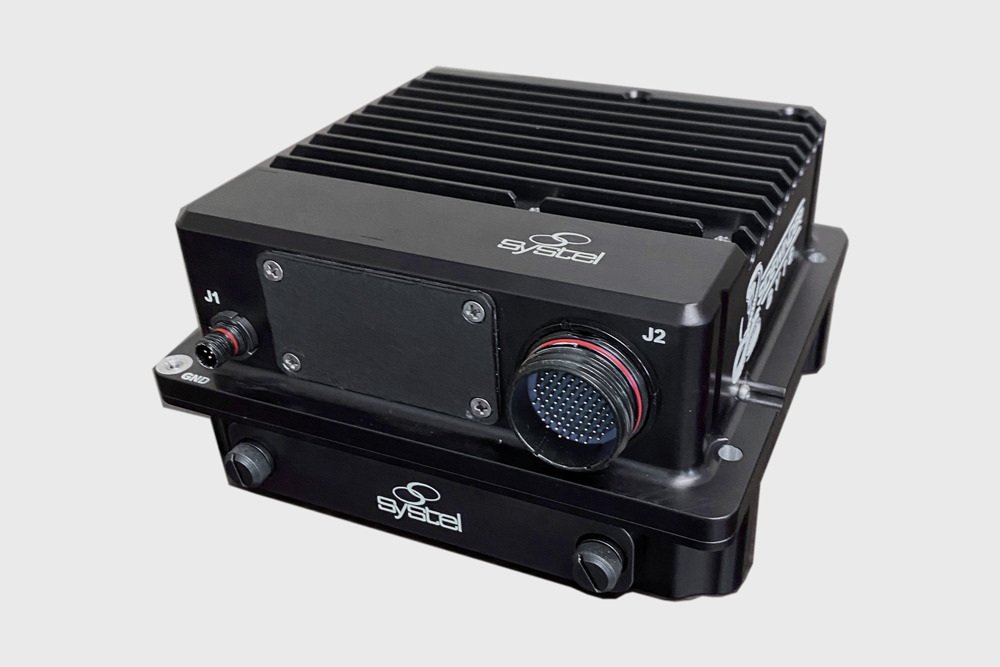
Sidewinder-Byte is an ultra-compact embedded computer for highly space-constrained edge deployment
CONOPS becomes a critical factor when determining SWaP. A U.S. Navy destroyer or fixed-wing aircraft with racks of 1U-4U rackmount servers versus an unmanned ground vehicle (UGV) with highly constrained space claim for edge AI computing have completely different SWaP considerations.
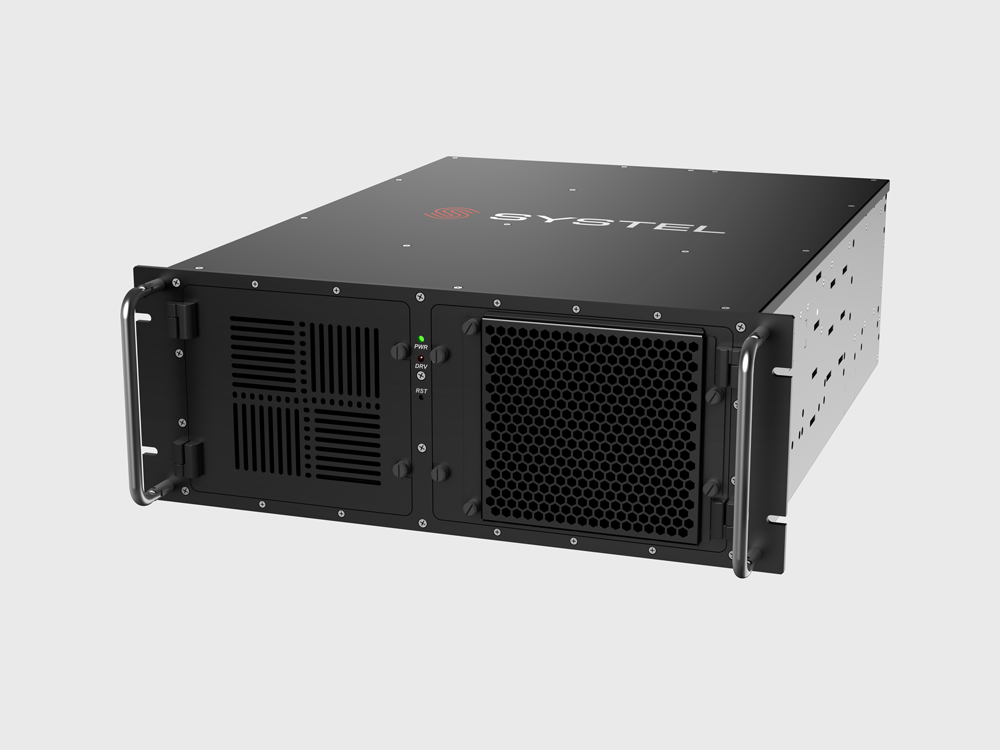
A typical 4U 19″ rackmount server, well suited for high performance computing applications
5. Company Certifications
When purchasing a rugged computer, it is essential to consider the certifications and credentials held by the manufacturing company. These certifications serve as indicators of the company’s commitment to quality, reliability, and adherence to industry standards.
Certifications such as AS9100 and ISO 9001 signify that the manufacturing company has implemented robust quality management systems. These certifications demonstrate the company’s commitment to maintaining high-quality standards throughout the entire production process, from design to manufacturing and customer service, with proven capabilities to consistently deliver reliable products and services to their customers.
Another vital consideration for defense customers is if the manufacturing company meets the requirements set forth in the Department of Defense’s (DoD) Cybersecurity Maturity Model Certification (CMMC) standard, designed to ensure that defense contractors are in compliance with current security requirements for protecting sensitive defense information.
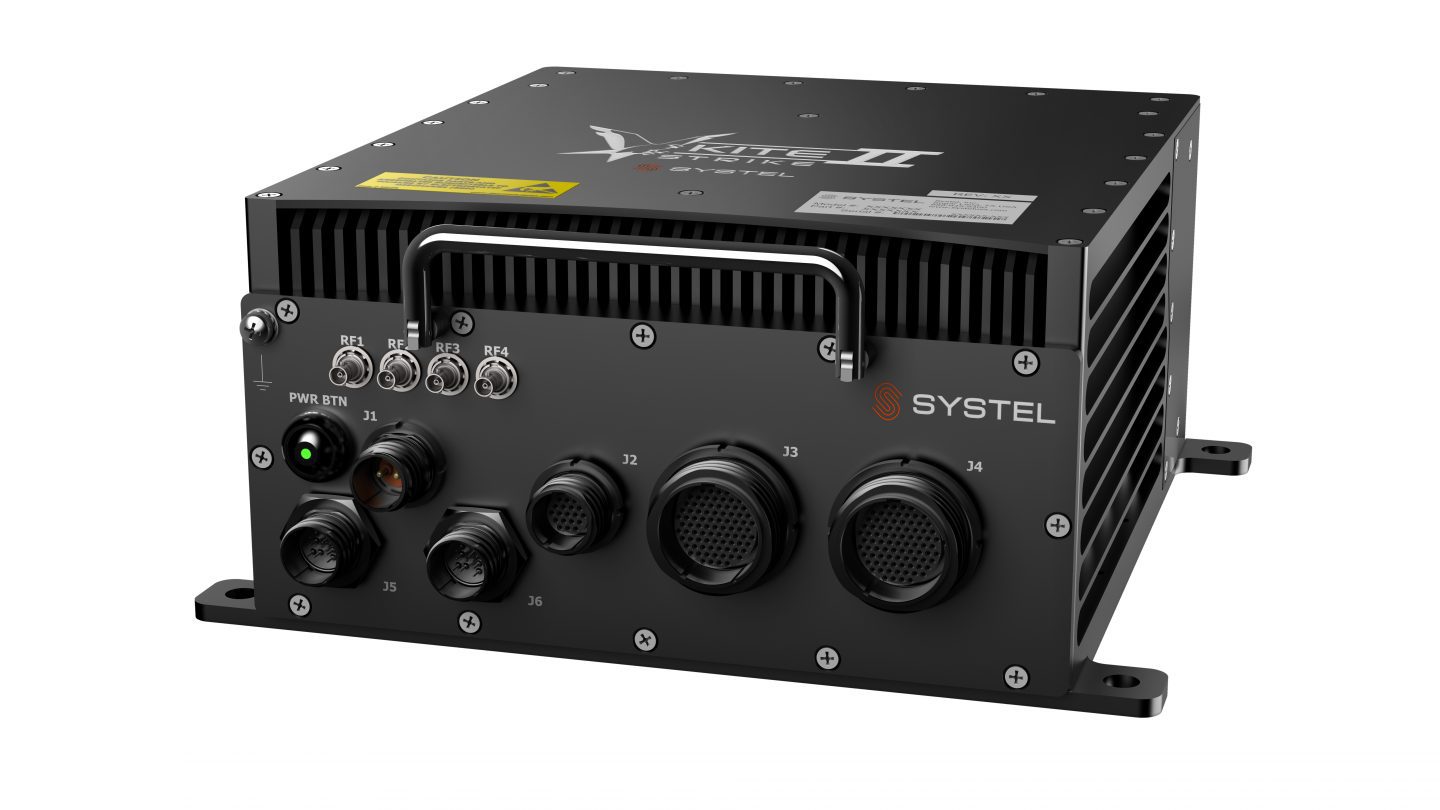
Bonus Consideration - Ergonomics!
A customer recently provided some feedback to our Product team on our Kite-Strike II, rugged edge AI compute solution:
The fold up handle is great, maybe my favorite part!
Conclusion
Choosing the right rugged computer is a critical decision for professionals in defense and commercial industries. The considerations we have talked about in this post are critical but of course there are numerous other factors that go into the decision-making process. By the right balance for your specific requirements, you can select the best rugged computer to power your mission and can operate with confidence, maximize productivity, and overcome the challenges of your unique working environments. Ultimately, investing in a well-suited rugged computer is a key step toward achieving success in critical operations and staying ahead in today’s demanding and rapidly evolving industries.
Let's Talk!
Have questions or want to learn more? Contact our team and let’s talk!
